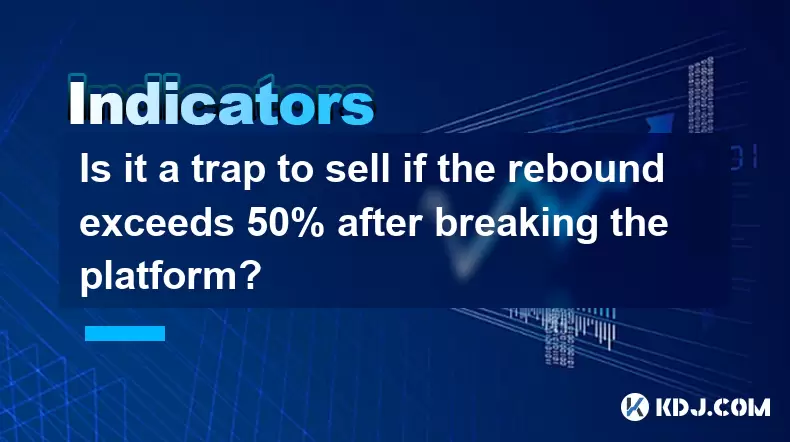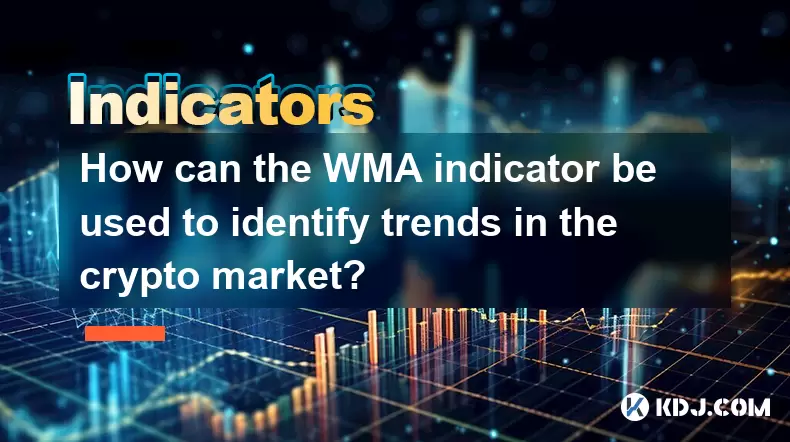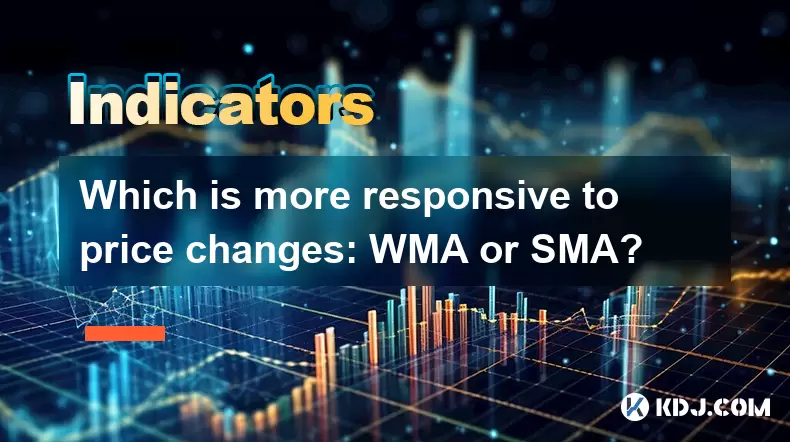-
 Bitcoin
Bitcoin $118300
-0.58% -
 Ethereum
Ethereum $3825
0.11% -
 XRP
XRP $3.137
-0.71% -
 Tether USDt
Tether USDt $0.9999
-0.01% -
 BNB
BNB $803.9
-3.37% -
 Solana
Solana $181.5
-1.94% -
 USDC
USDC $0.9999
0.01% -
 Dogecoin
Dogecoin $0.2238
-2.51% -
 TRON
TRON $0.3358
2.12% -
 Cardano
Cardano $0.7844
-2.16% -
 Hyperliquid
Hyperliquid $43.31
-1.48% -
 Sui
Sui $3.807
-4.04% -
 Stellar
Stellar $0.4203
-1.96% -
 Chainlink
Chainlink $17.79
-3.00% -
 Bitcoin Cash
Bitcoin Cash $567.8
-1.34% -
 Hedera
Hedera $0.2614
-4.30% -
 Avalanche
Avalanche $24.19
-4.46% -
 Litecoin
Litecoin $109.2
-0.74% -
 UNUS SED LEO
UNUS SED LEO $8.969
-0.01% -
 Toncoin
Toncoin $3.404
3.97% -
 Ethena USDe
Ethena USDe $1.001
-0.01% -
 Shiba Inu
Shiba Inu $0.00001307
-3.19% -
 Uniswap
Uniswap $10.33
-1.23% -
 Polkadot
Polkadot $3.884
-4.06% -
 Monero
Monero $312.9
-1.87% -
 Dai
Dai $1.000
0.01% -
 Bitget Token
Bitget Token $4.537
-2.24% -
 Pepe
Pepe $0.00001156
-3.40% -
 Cronos
Cronos $0.1437
-0.89% -
 Aave
Aave $282.8
-2.77%
Is it a trap to sell if the rebound exceeds 50% after breaking the platform?
A 50% rebound after a platform break may signal strength, but selling too soon can trap traders if the move lacks volume confirmation.
Jun 19, 2025 at 01:29 am

Understanding the 50% Rebound Rule in Trading Platforms
When a cryptocurrency asset experiences a break below a key support platform, traders often look for signs of whether the drop is temporary or signals a deeper downtrend. One widely discussed technical indicator is the 50% rebound rule — the idea that if price rebounds more than half of the decline after breaking the platform, it may signal strength and potentially invalidate the bearish move.
However, this raises an important question: is it a trap to sell at this point? The answer lies in understanding how market psychology and volume interact during such rebounds.
What Constitutes a Platform Break?
A platform break occurs when the price falls below a previously established consolidation zone. These zones are typically areas where the price has spent considerable time moving sideways, indicating strong supply and demand dynamics. When the price breaks below such a level, many traders interpret it as a sign of weakness and initiate short positions or close long ones.
- Identify the consolidation range: Look for horizontal support/resistance levels.
- Confirm the break: Ensure the price closes decisively below the lower boundary.
- Watch volume: A sharp increase in selling volume confirms the strength of the break.
Once this break happens, traders often wait for a pullback or bounce before entering new trades.
Analyzing the 50% Rebound Threshold
The 50% Fibonacci retracement level is commonly used by traders to assess the depth of a correction. If the price rebounds more than 50% of the downward move post-break, some traders consider this a sign that the original downtrend may be reversing or losing momentum.
- Measure the full leg down: From the start of the decline to the lowest point after the break.
- Plot the 50% retracement level: Use Fibonacci tools on your charting software.
- Observe price action at the 50% level: Does it stall, reverse, or continue upward?
If the rebound surpasses this level, especially with increasing volume, it might indicate renewed buying interest. But this does not automatically mean it’s safe to buy or dangerous to sell.
Why Selling Might Be Risky After a 50% Rebound
Traders who sold immediately after the platform break may feel vindicated if the price continues lower. However, if the price starts rising above the 50% level, those same traders might panic and try to cover their shorts or re-enter longs at higher prices. This creates a potential trap scenario for late sellers.
- False breakdowns: Sometimes platforms are broken only temporarily due to news or liquidation cascades.
- Volume divergence: If the rebound occurs on high volume but the subsequent push lower fails with low volume, the trend may be shifting.
- Psychological impact: Traders tend to act emotionally near key Fibonacci levels, creating self-fulfilling prophecies.
In these cases, selling after a strong rebound could lock in losses if the price resumes its climb.
How to Avoid Falling Into the Sell Trap
Avoiding premature selling requires a combination of technical confirmation, volume analysis, and risk management. Here are actionable steps:
- Wait for a retest of the broken platform: A failed retest can confirm continued weakness.
- Use multiple timeframes: Confirm the trend on both daily and hourly charts.
- Monitor order flow and depth: Watch for large orders absorbing liquidity on bounces.
- Apply moving averages: See if the price remains below key EMAs (like the 200 EMA) after the bounce.
- Set trailing stops: Allow the trade room to breathe without being stopped out prematurely.
By combining these techniques, you can better determine whether the bounce is genuine or just a countertrend trap.
Real-World Examples from Crypto Markets
Take Bitcoin's 2022 breakdown below $30,000 as a case study. After a prolonged consolidation around that psychological level, BTC broke below it decisively. Some traders sold aggressively, expecting a rapid move toward $25,000. However, within weeks, BTC bounced back over $30,000 — exceeding the 50% retracement of the initial drop.
- Those who sold at the breakdown missed the rebound.
- Many then re-entered longs at worse prices, falling into the trap of chasing the recovery.
Another example is Ethereum during the 2021 bull run, where ETH briefly broke below a multi-week consolidation zone before bouncing sharply. Traders who panicked and sold during the break suffered significant opportunity cost.
Frequently Asked Questions
Q: What is the significance of the 50% Fibonacci level in crypto trading?
The 50% Fibonacci level is a common threshold used to gauge the strength of a pullback. In crypto markets, which are prone to volatility and emotional swings, this level often acts as a psychological battleground between bulls and bears.
Q: Can I rely solely on Fibonacci retracements to make sell decisions?
No single tool should dictate trading decisions. While Fibonacci levels offer useful reference points, they should be combined with other indicators like volume, candlestick patterns, and moving averages for confirmation.
Q: How do false platform breaks affect trading strategies?
False platform breaks can cause traders to enter bad positions based on misleading signals. These occur when price briefly pierces a support level but quickly reverses. To avoid them, wait for a close beyond the level and confirm with volume and momentum indicators.
Q: Should I always wait for a 50% rebound before considering a reversal?
Not necessarily. Some strong trends may resume immediately after a break, while others may see deep corrections. It’s essential to evaluate each situation using confluence factors rather than relying on one metric alone.
Disclaimer:info@kdj.com
The information provided is not trading advice. kdj.com does not assume any responsibility for any investments made based on the information provided in this article. Cryptocurrencies are highly volatile and it is highly recommended that you invest with caution after thorough research!
If you believe that the content used on this website infringes your copyright, please contact us immediately (info@kdj.com) and we will delete it promptly.
- UNITE, KuCoin, and the Future of Mobile Gaming: A New York Minute on Web3
- 2025-07-30 16:30:12
- Strategy, Bitcoin, Investment: Riding the Crypto Wave Like a Pro
- 2025-07-30 16:30:12
- JD.com, Jcoin, and Stablecoins: Hong Kong's Regulatory Embrace
- 2025-07-30 16:50:11
- Pi Network, Onramp Money, and Wallet Fails: What's the Deal?
- 2025-07-30 16:50:11
- PENGU Price Primed for Liftoff? Bullish Rally Signals Emerge
- 2025-07-30 16:55:12
- Dogecoin's Wild Ride: Token Unlocks, Circulation, and the $1 Dream
- 2025-07-30 16:55:12
Related knowledge

What are the best WMA settings for day trading crypto?
Jul 30,2025 at 03:43pm
Understanding WMA in the Context of Crypto Day TradingThe Weighted Moving Average (WMA) is a technical indicator that assigns greater importance to re...

How can the WMA indicator be used to identify trends in the crypto market?
Jul 30,2025 at 04:56pm
Understanding the WMA Indicator in Cryptocurrency TradingThe Weighted Moving Average (WMA) is a technical analysis tool that assigns greater importanc...

What are the advantages of using the WMA indicator for crypto?
Jul 30,2025 at 03:21pm
Understanding the WMA Indicator in Cryptocurrency TradingThe Weighted Moving Average (WMA) is a technical analysis tool widely used in cryptocurrency ...

Which is more responsive to price changes: WMA or SMA?
Jul 30,2025 at 05:00pm
Understanding Weighted Moving Average (WMA)The Weighted Moving Average (WMA) assigns greater importance to recent price data, making it inherently mor...

What are the main differences between WMA, SMA, and EMA in crypto?
Jul 30,2025 at 02:50pm
Understanding the Role of Private Keys in Cryptocurrency WalletsEvery cryptocurrency wallet operates based on cryptographic principles, with the priva...

How is the WMA indicator calculated in cryptocurrency trading?
Jul 30,2025 at 02:35pm
Understanding the Weighted Moving Average (WMA) in Cryptocurrency TradingThe Weighted Moving Average (WMA) is a technical analysis tool widely used in...

What are the best WMA settings for day trading crypto?
Jul 30,2025 at 03:43pm
Understanding WMA in the Context of Crypto Day TradingThe Weighted Moving Average (WMA) is a technical indicator that assigns greater importance to re...

How can the WMA indicator be used to identify trends in the crypto market?
Jul 30,2025 at 04:56pm
Understanding the WMA Indicator in Cryptocurrency TradingThe Weighted Moving Average (WMA) is a technical analysis tool that assigns greater importanc...

What are the advantages of using the WMA indicator for crypto?
Jul 30,2025 at 03:21pm
Understanding the WMA Indicator in Cryptocurrency TradingThe Weighted Moving Average (WMA) is a technical analysis tool widely used in cryptocurrency ...

Which is more responsive to price changes: WMA or SMA?
Jul 30,2025 at 05:00pm
Understanding Weighted Moving Average (WMA)The Weighted Moving Average (WMA) assigns greater importance to recent price data, making it inherently mor...

What are the main differences between WMA, SMA, and EMA in crypto?
Jul 30,2025 at 02:50pm
Understanding the Role of Private Keys in Cryptocurrency WalletsEvery cryptocurrency wallet operates based on cryptographic principles, with the priva...

How is the WMA indicator calculated in cryptocurrency trading?
Jul 30,2025 at 02:35pm
Understanding the Weighted Moving Average (WMA) in Cryptocurrency TradingThe Weighted Moving Average (WMA) is a technical analysis tool widely used in...
See all articles

























































































